Gol Gumbaz
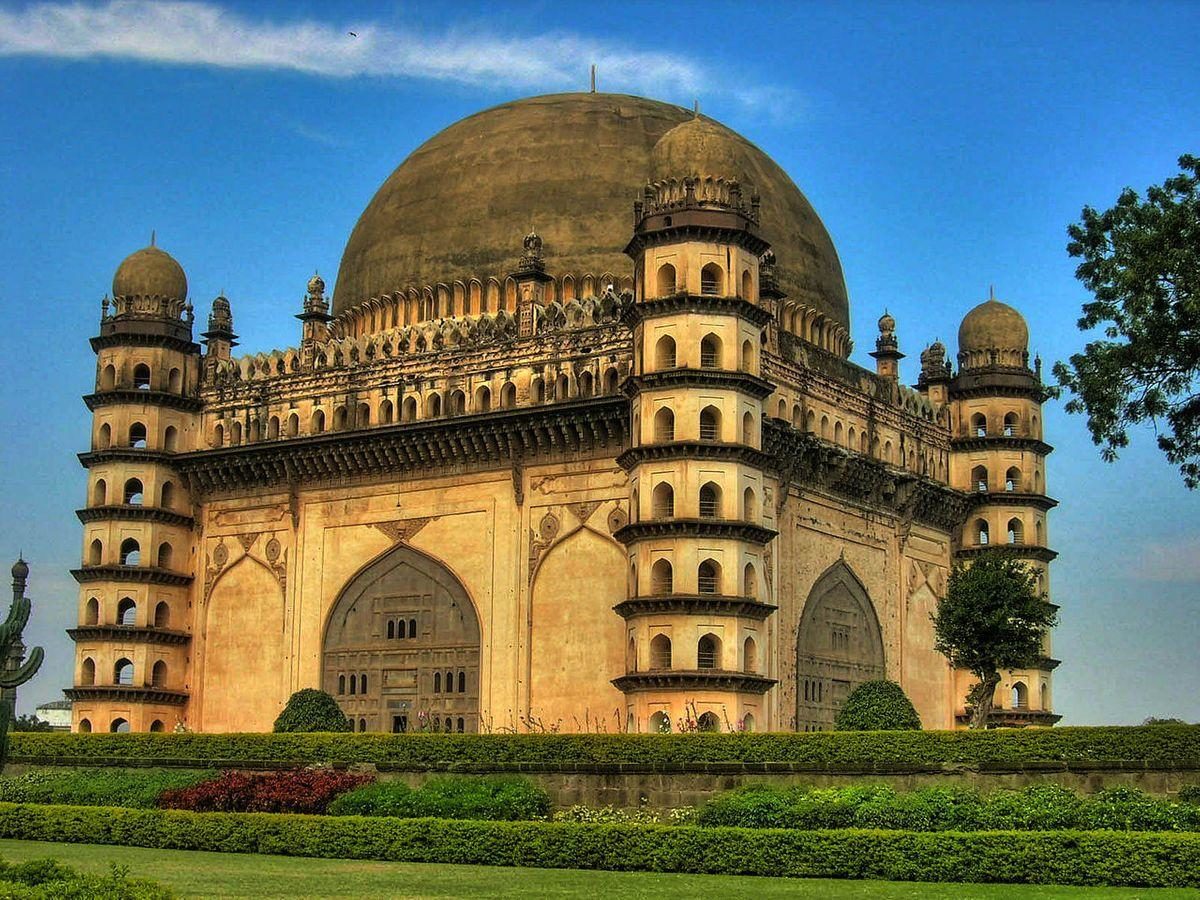
Mausoleum of Mohammed Adil Shah, built in 1659. One of the largest domed structures in the world, visually very impressive building.
Taj Mahal
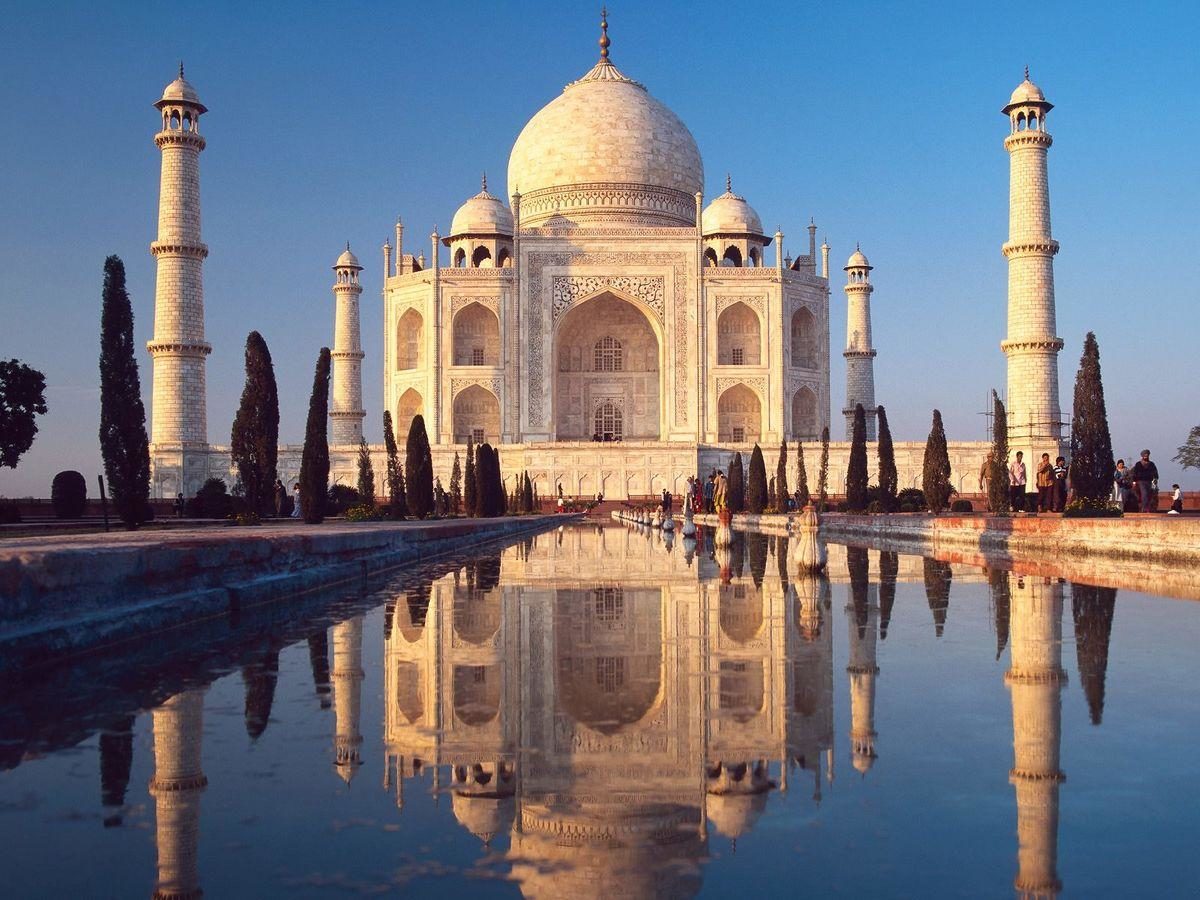
This mausoleum was built in 1648 by Mughal Emperor Shah Jahan. One of the most iconic monuments of architecture in the world that unites elements of Islamic, Persian, and Indian architecture.
Fatehpur Sikri
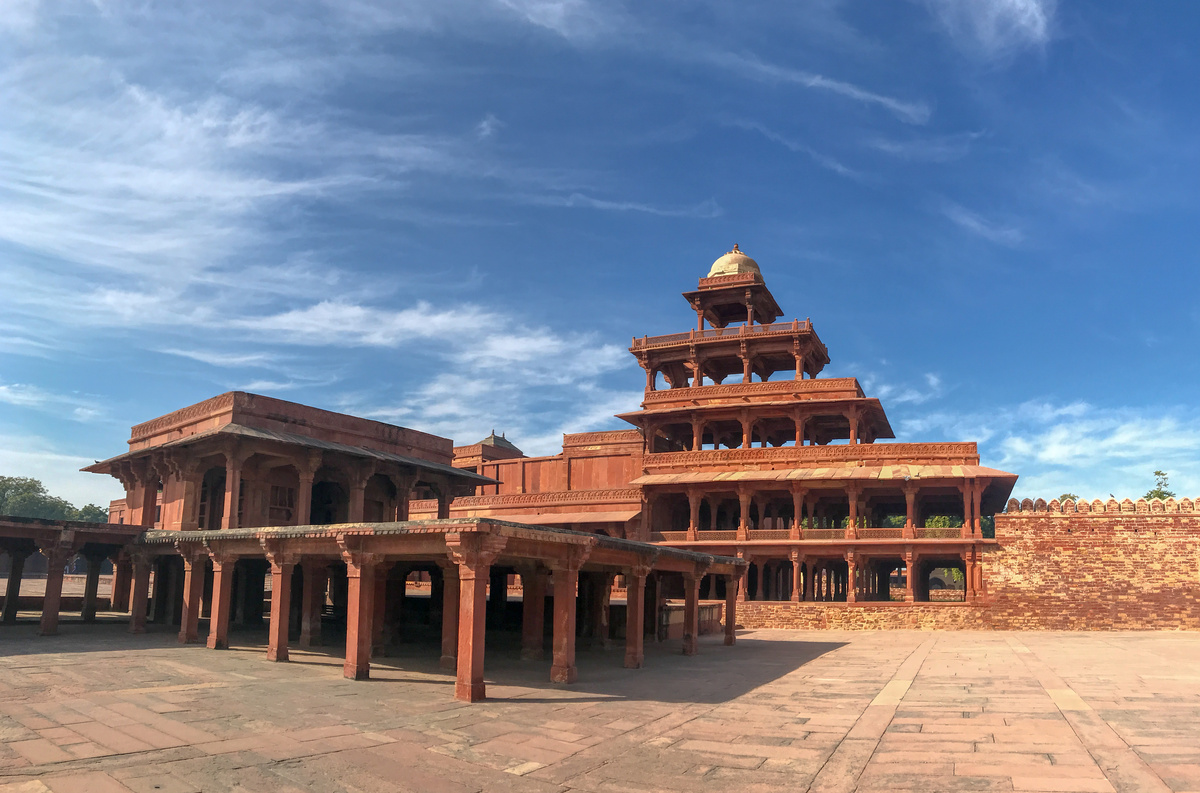
Short-lasting capital city, built in 1570, abandoned in 1585 due to the lack of water. Complex of buildings preserved up to this day in unchanged condition, contains numerous valuable monuments of architecture.
Vijayanagara
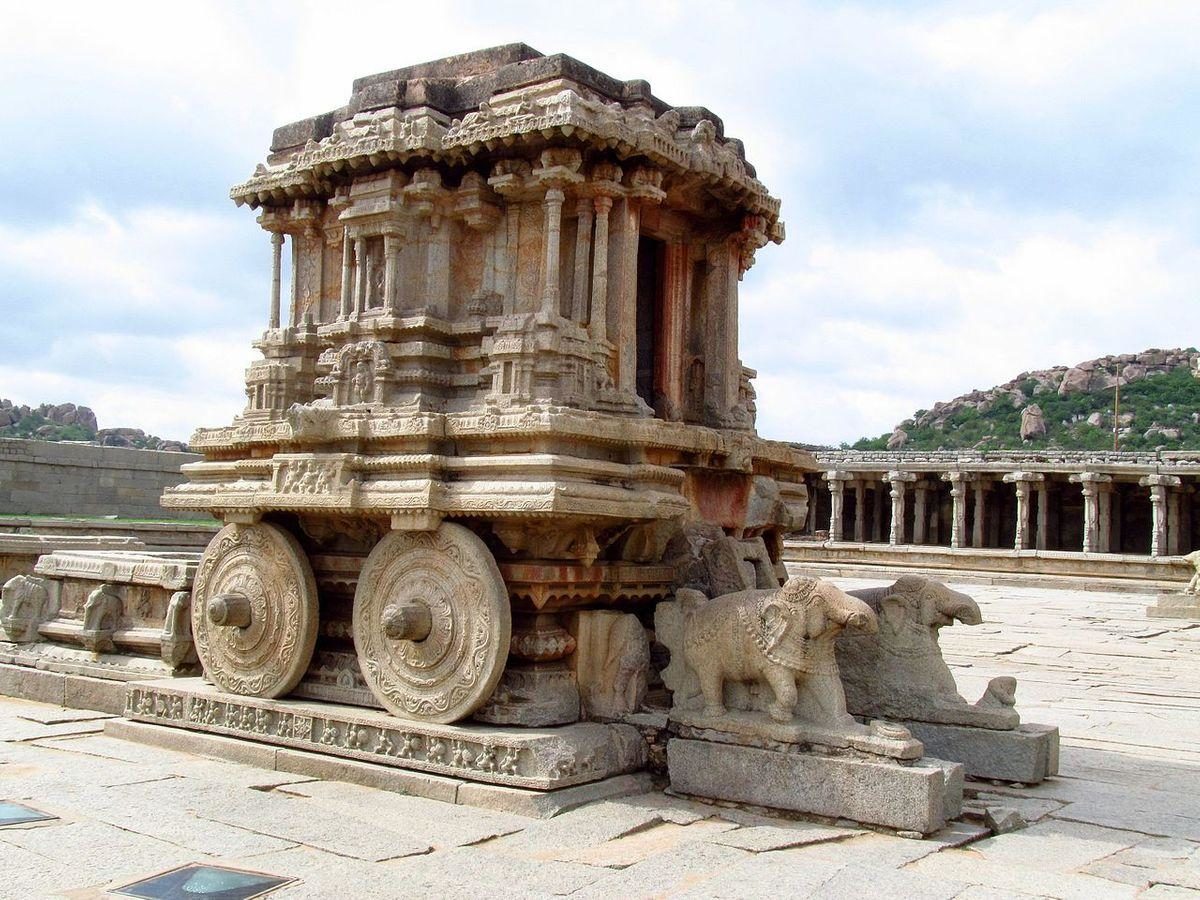
Remnants of the former capital city of Vijayanagara Empire, flourished in the 14th – 16th centuries. Now ruins extend over an area of 40 km2. Contains unique and highly original architecture.
Vaishali
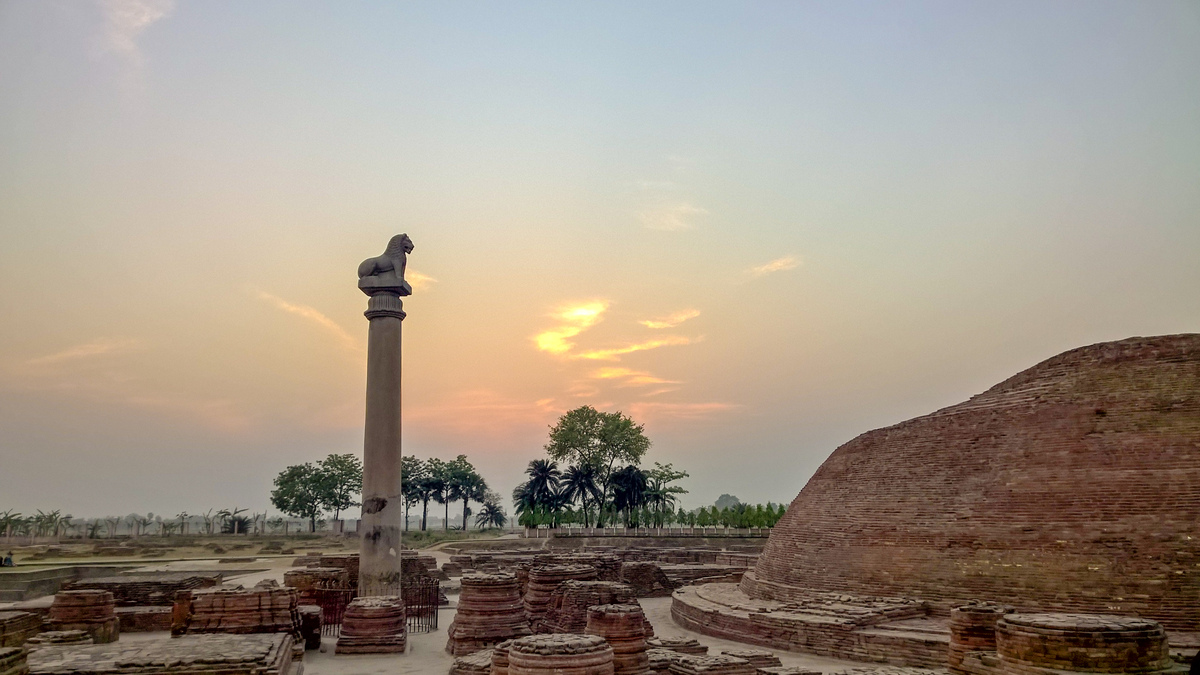
Former capital city of Licchavi, flourished starting from the 6th century BC. Once prosperous capital of one of the first known democracies in the history of the world. Several important monuments exist up to this day including Ananda Stupa and Asokan pillar.
Varanasi
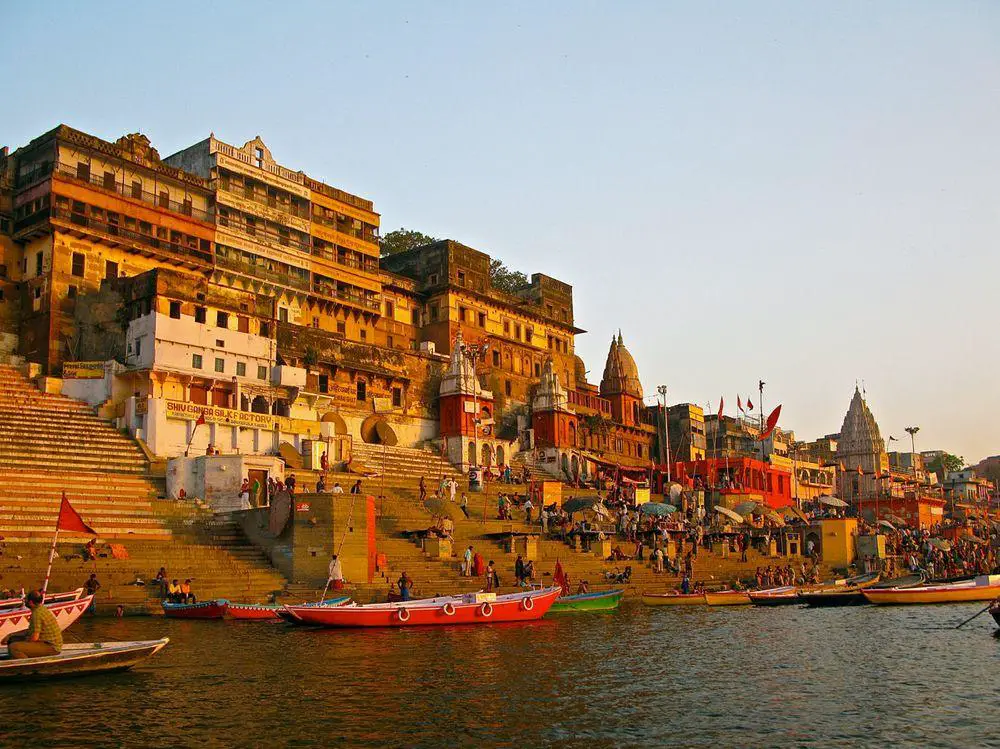
Varanasi is an ancient holy city of Buddhists, Hindus, and Jains. With its approximate 3000 years of age, Varanasi is one of the oldest inhabited cities in the world. Numerous valuable monuments of architecture and history, location of living unique traditions.
Lothal
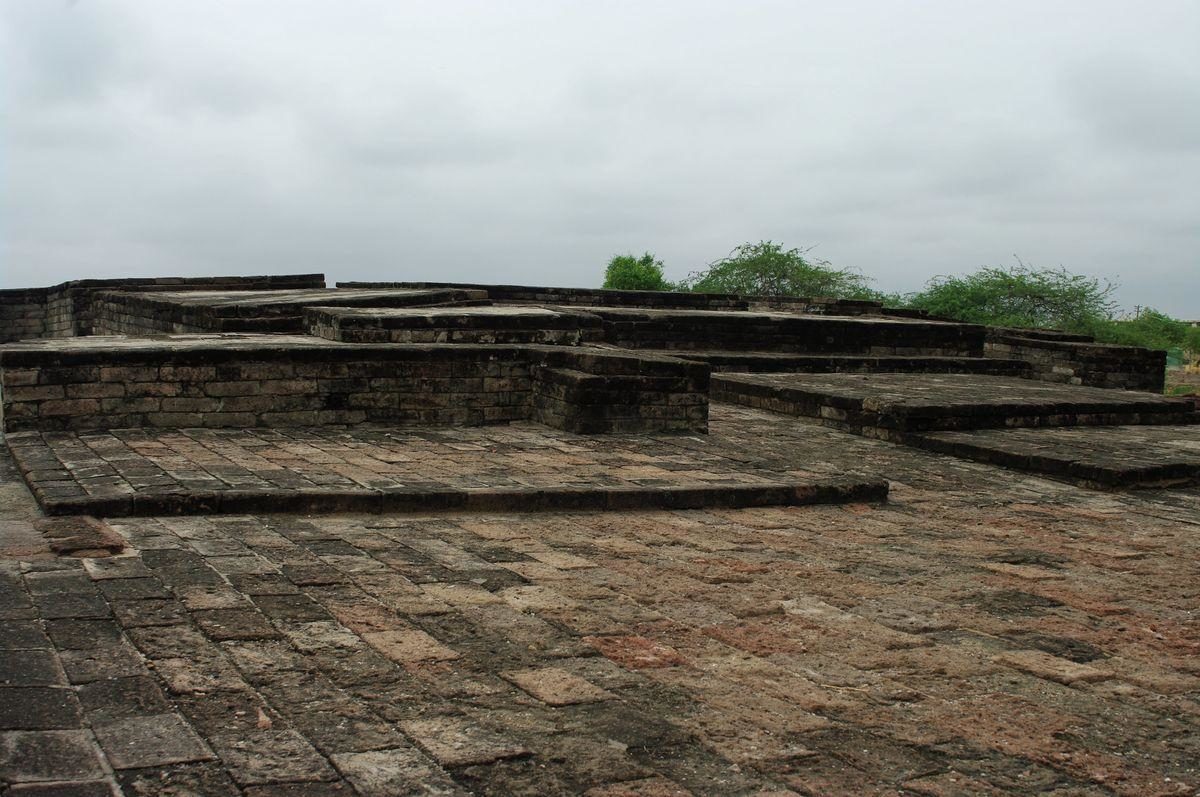
One of most important cities of the ancient Indus valley civilization. Built around 2400 BC as trading city with its dock – the oldest known in the world. Numerous discoveries of world importance have been made here including the oldest known realistic sculptures in world. Nowadays remain lower parts of buildings.
Dholavira
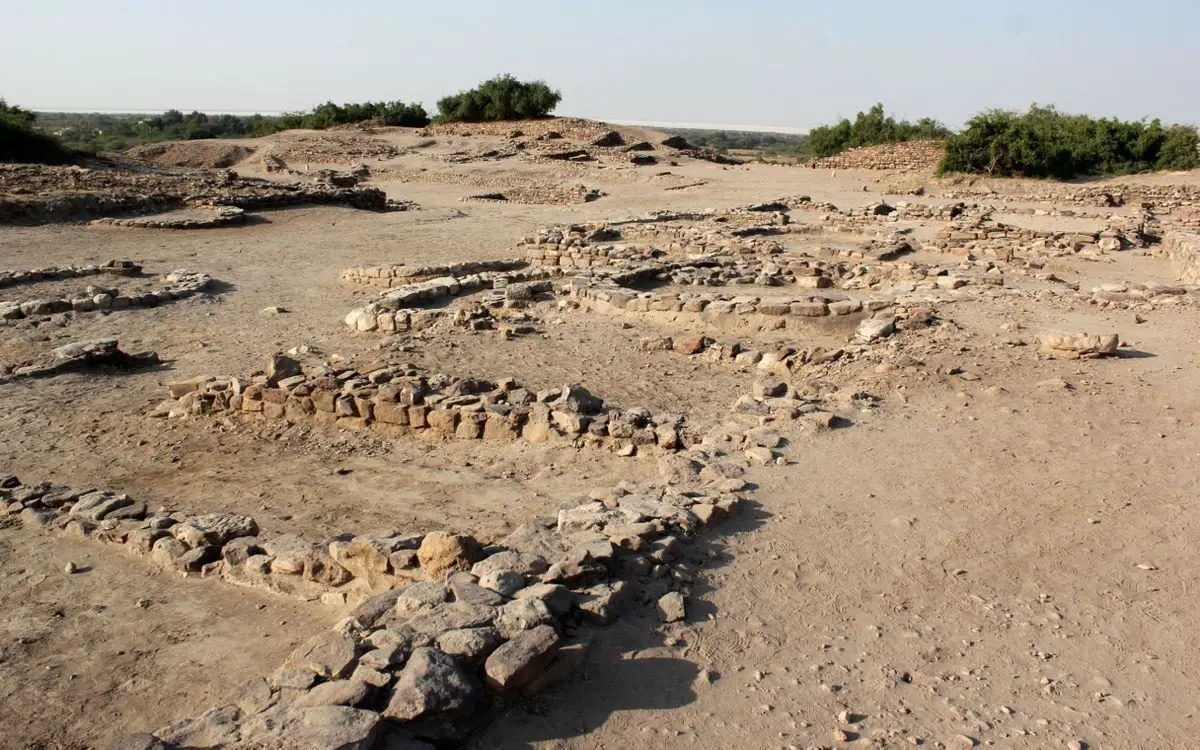
One of important sites of Harappan civilization, occupied from 2650 BC to 2100 BC. City had an area of 22 ha and was divided into the citadel, the middle town and the lower town.
Cherumangadu Kudakkalparambu
Good example of the unusual “kodakkal” megaliths or umbrella stones – mushroom-like dolmens.
Hire Benakal
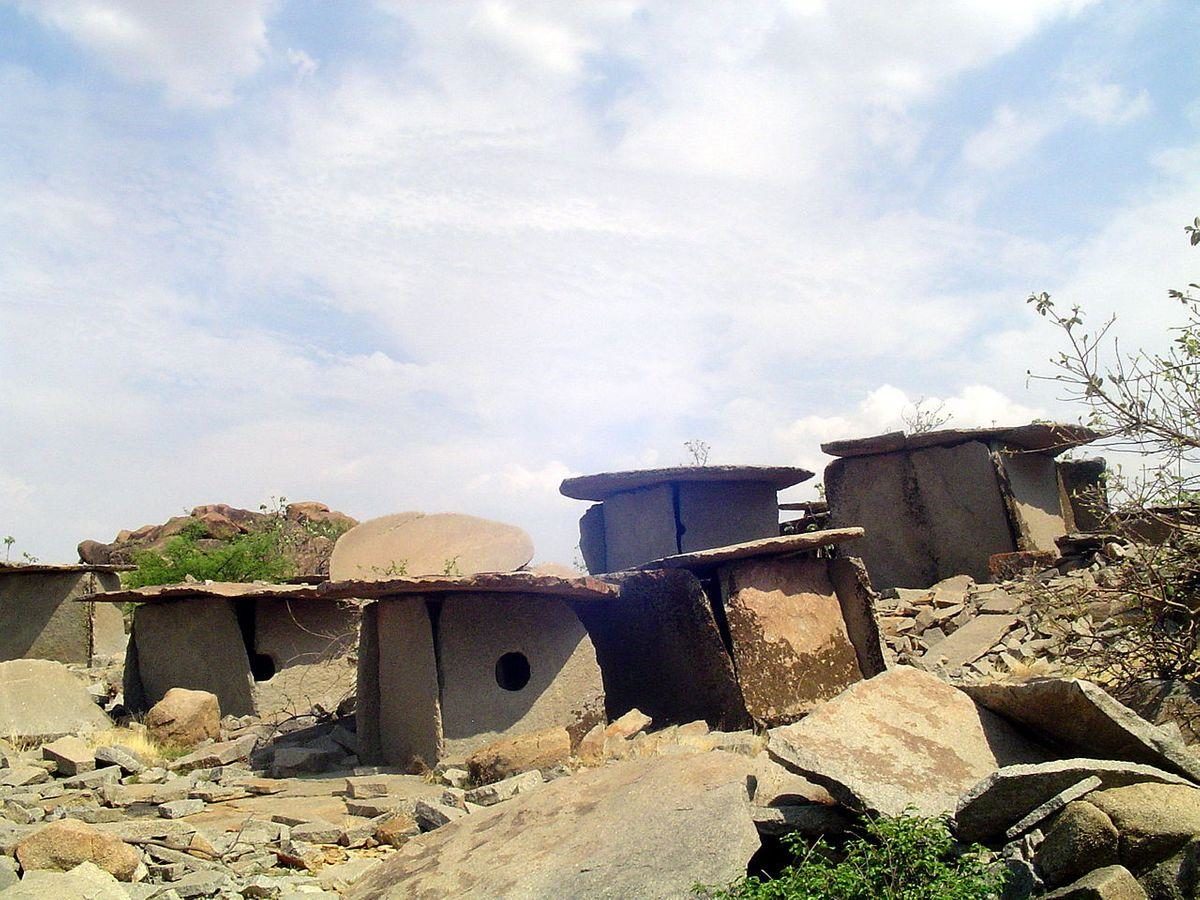
A visually impressive group of some 400 megalithic tombs – dolmens. These structures were built in the time period between 800 and 200 BC. The largest megalithic site in South India.
